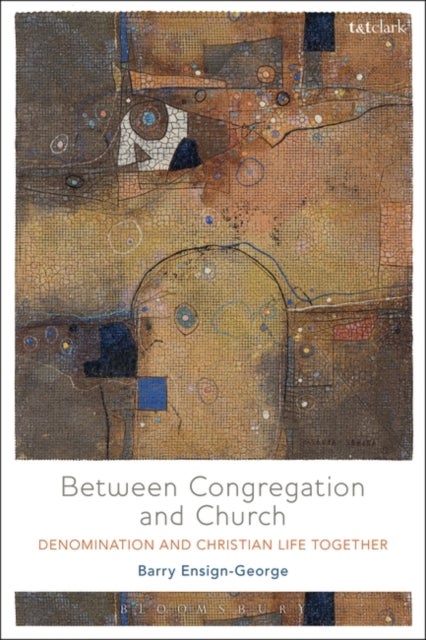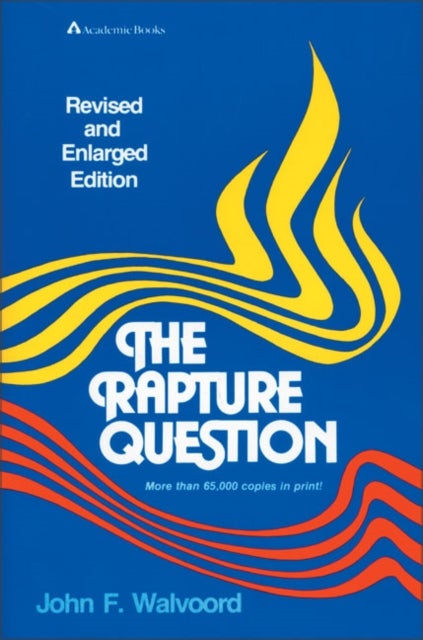
Inside Afghanistan av Timor Sharan
369,-
<P>This book maps out how political networks and centres of power, engaged in patronage, corruption, and illegality, effectively constituted the Afghan state, often with the complicity of the U.S.-led military intervention and the internationally directed statebuilding project. It argues that politics and statehood in Afghanistan, in particular in the last two decades, including the ultimate collapse of the government in August 2021, are best understood in terms of the dynamics of internal political networks, through which warlords and patronage networks came to capture and control key sectors within the state and economy, including mining, banking, and illicit drugs as well as elections and political processes. Networked politics emerged as the dominant mode of governance that further transformed and consolidated Afghanistan into a networked state, with the state institutions and structures functioning as the principal ¿marketplace¿ for political networks¿ bargains and rent-seeking. T








